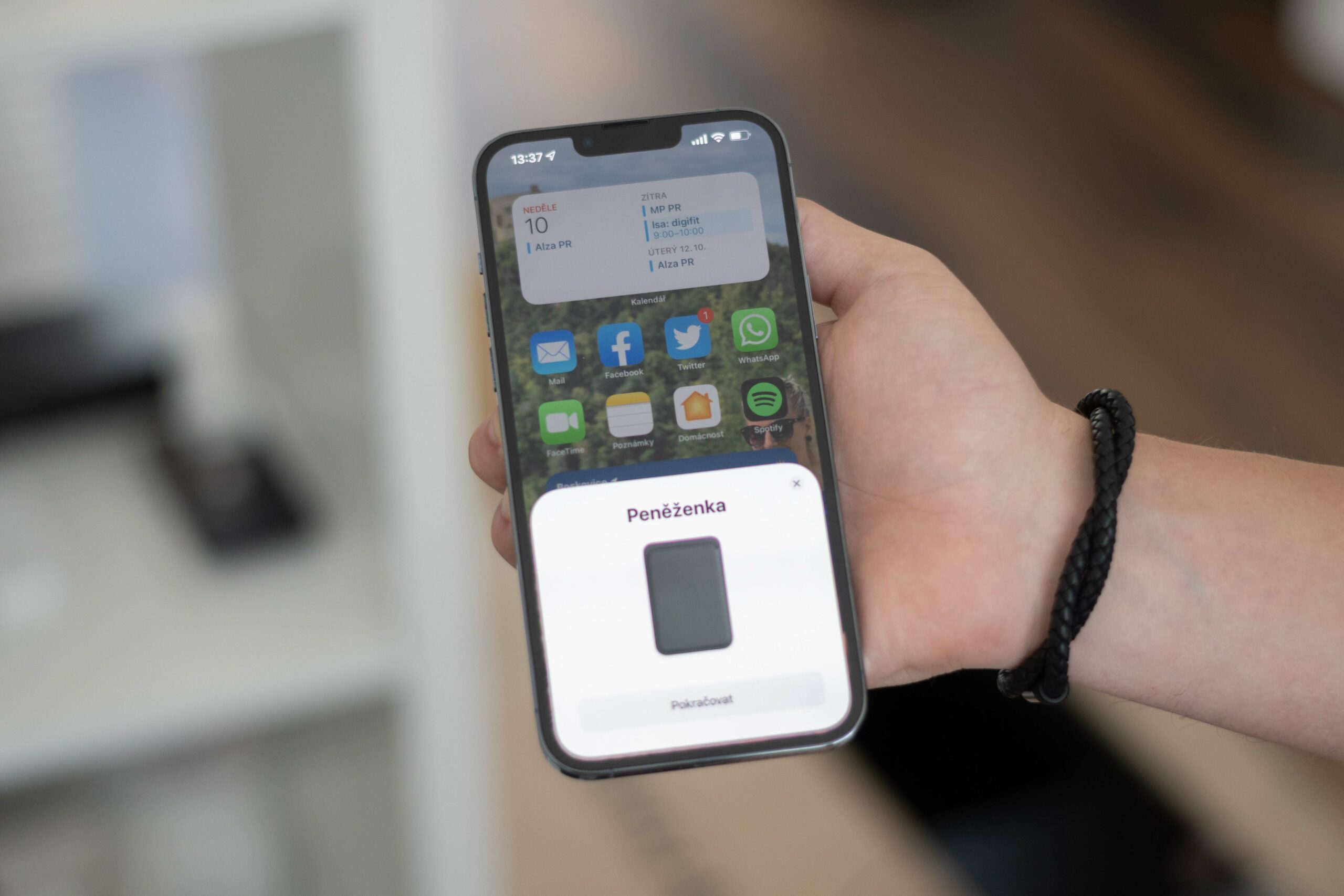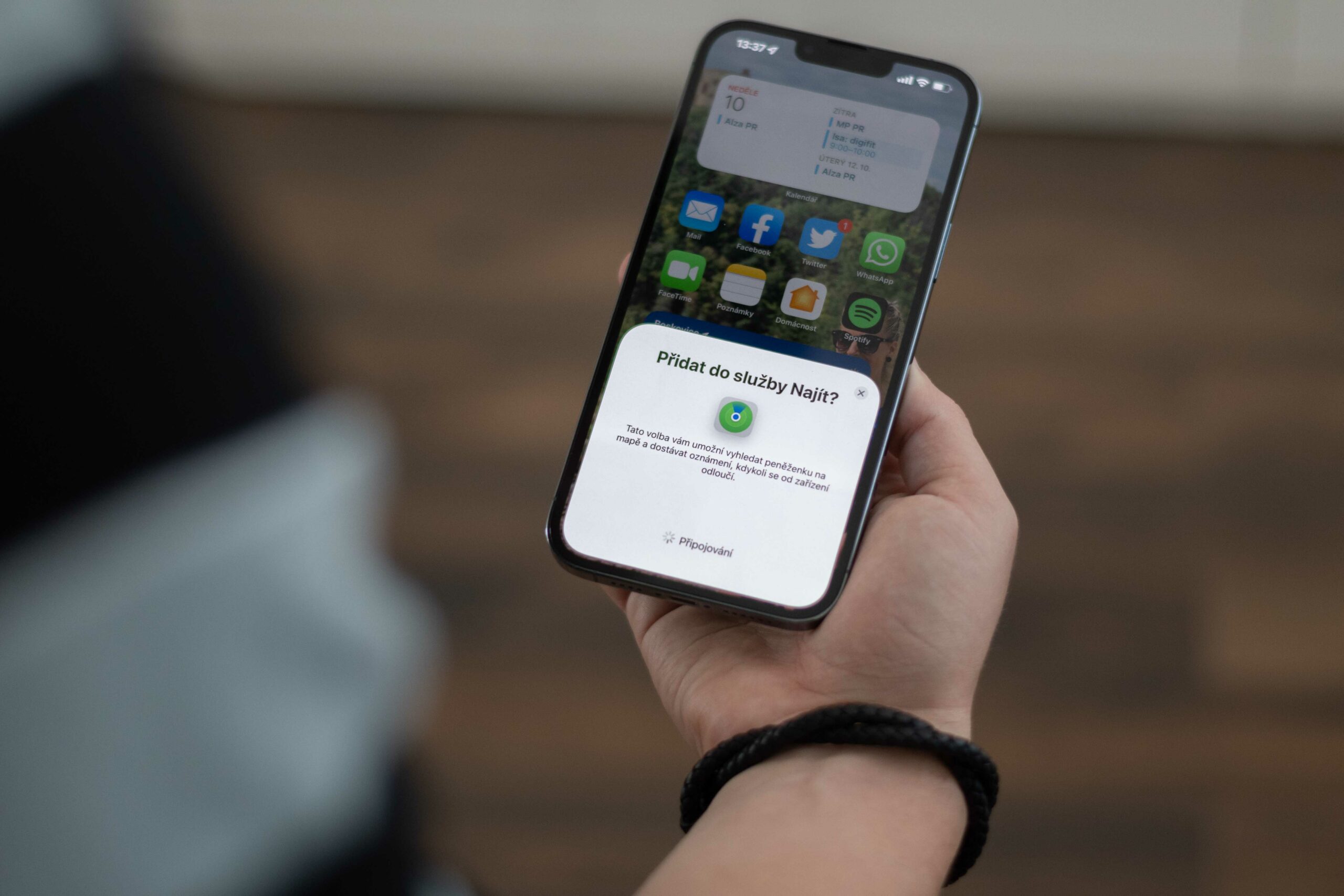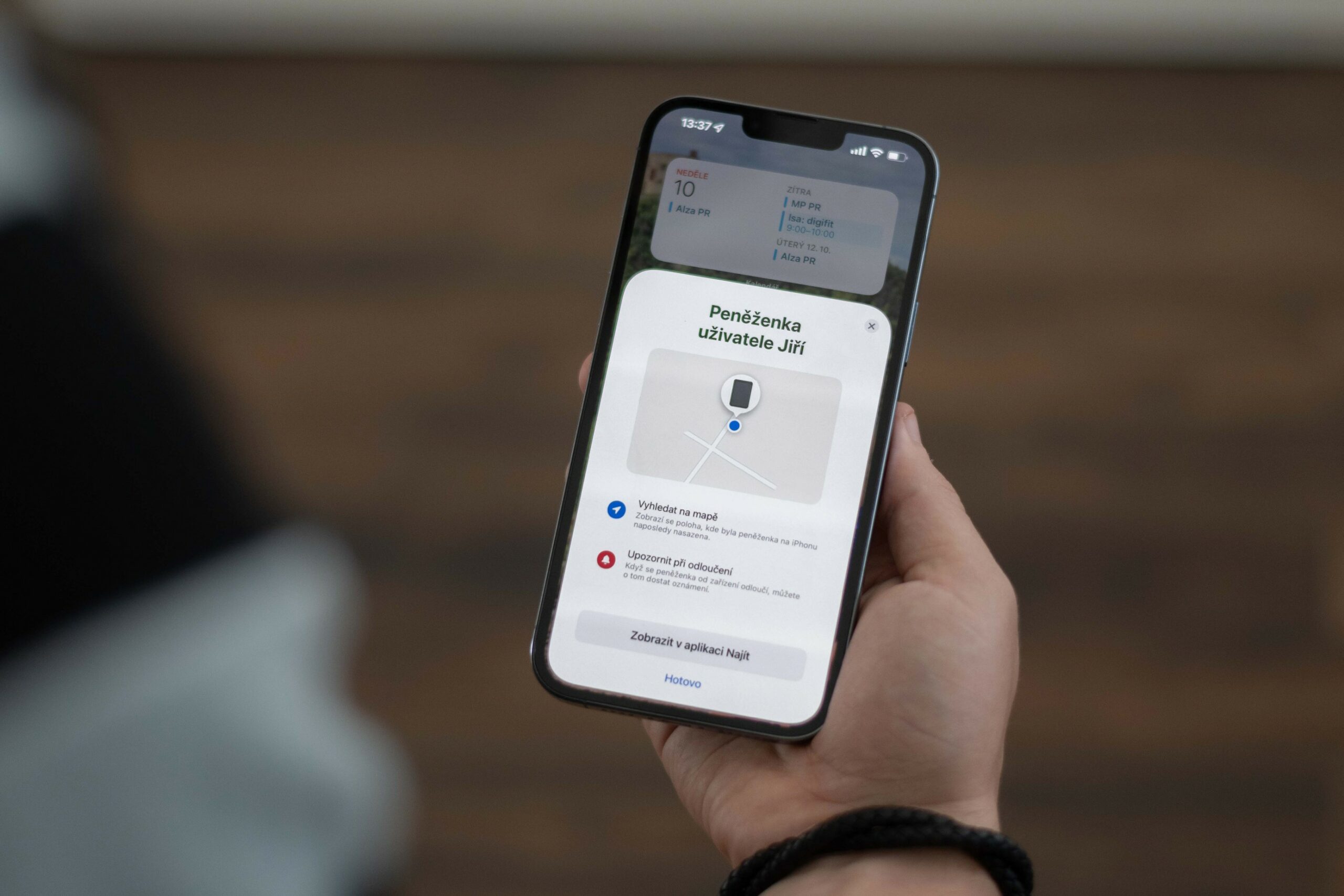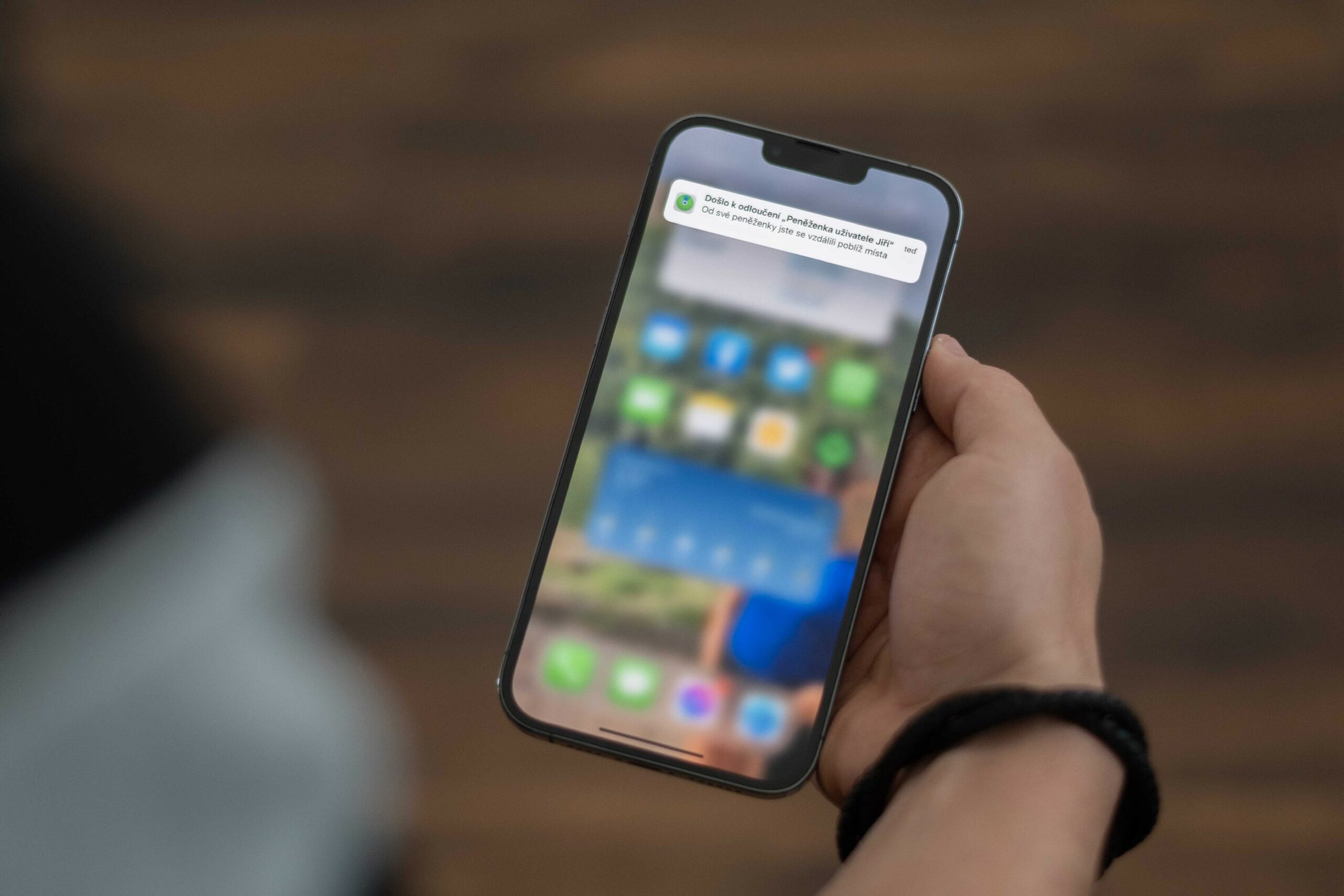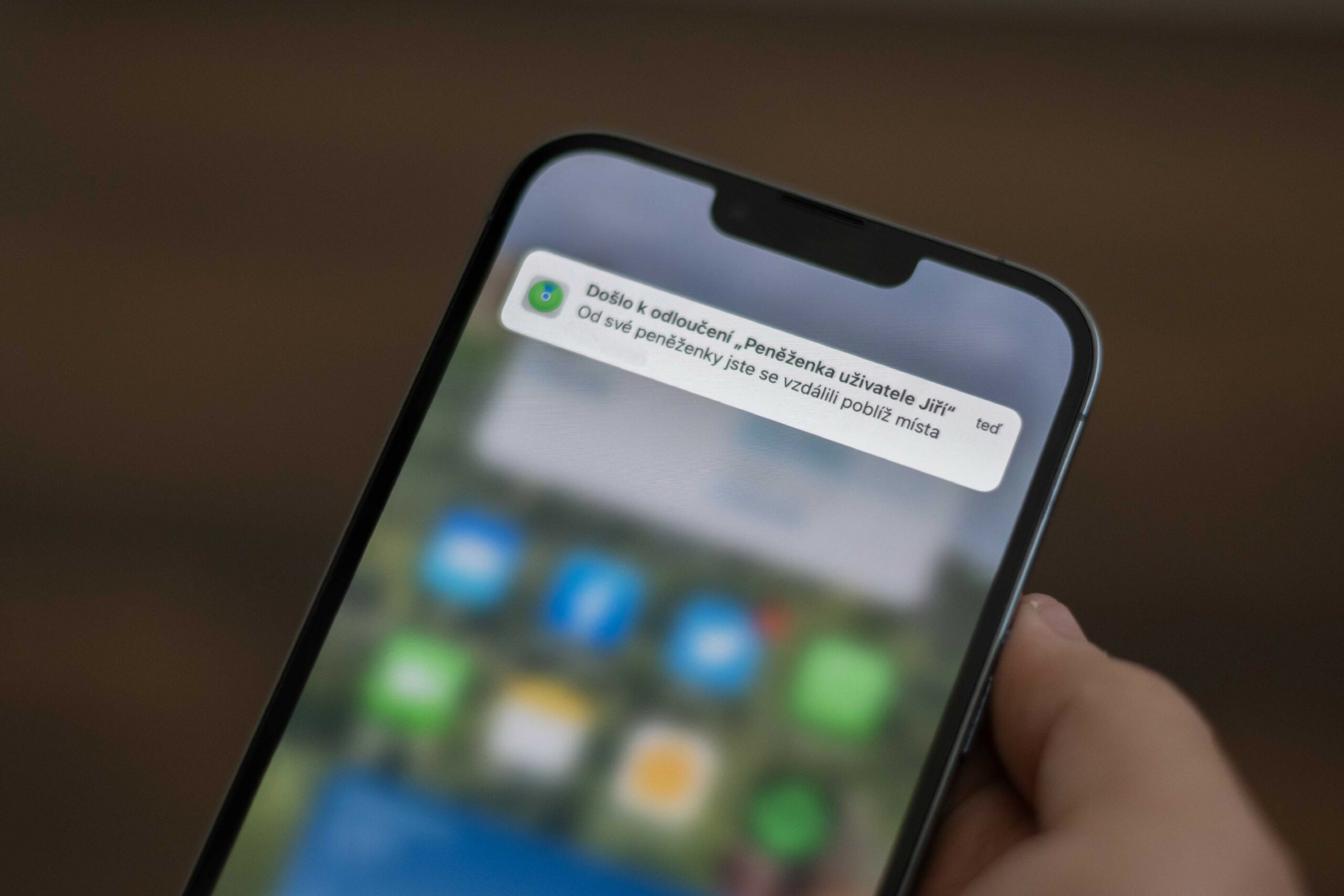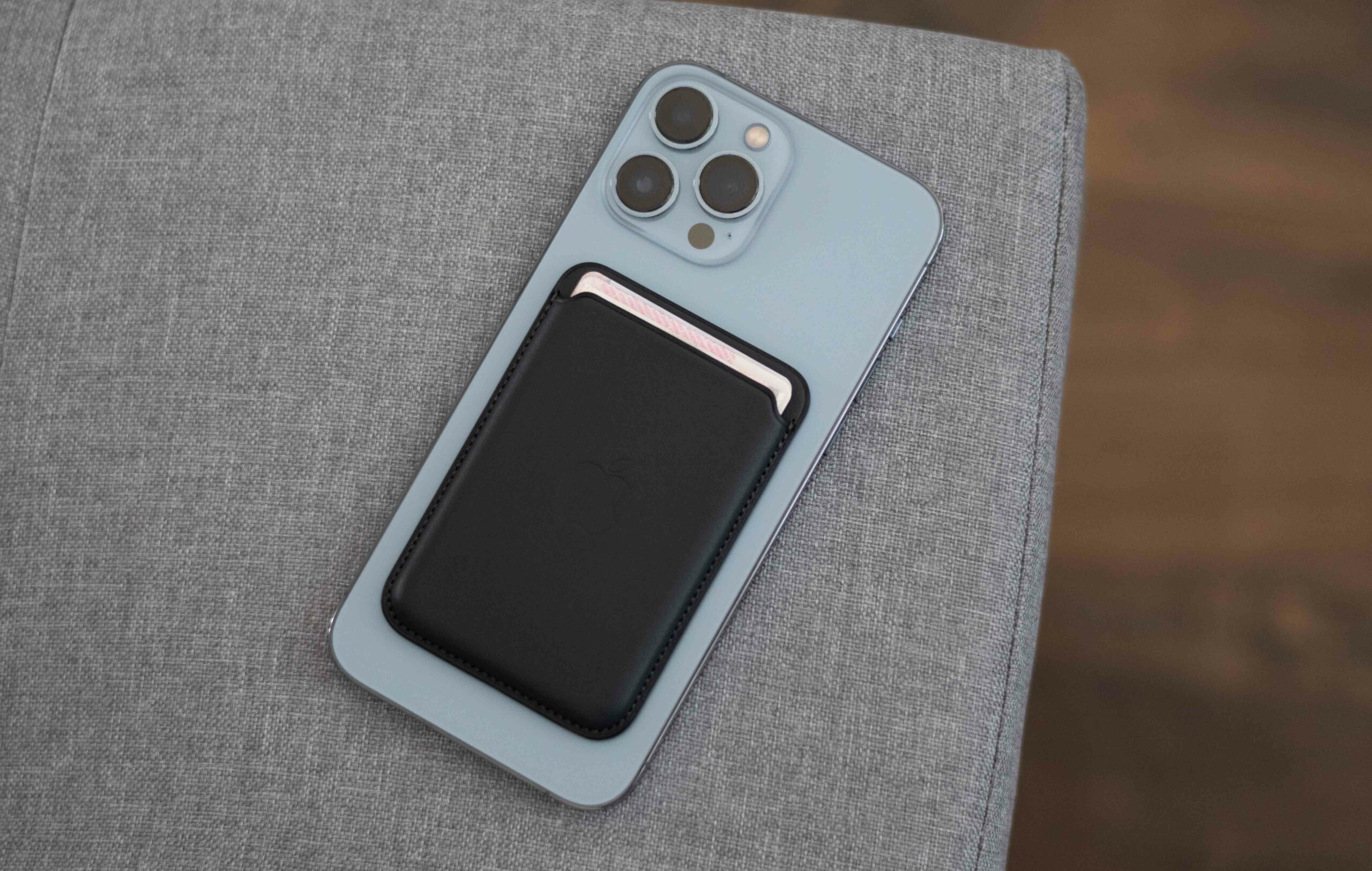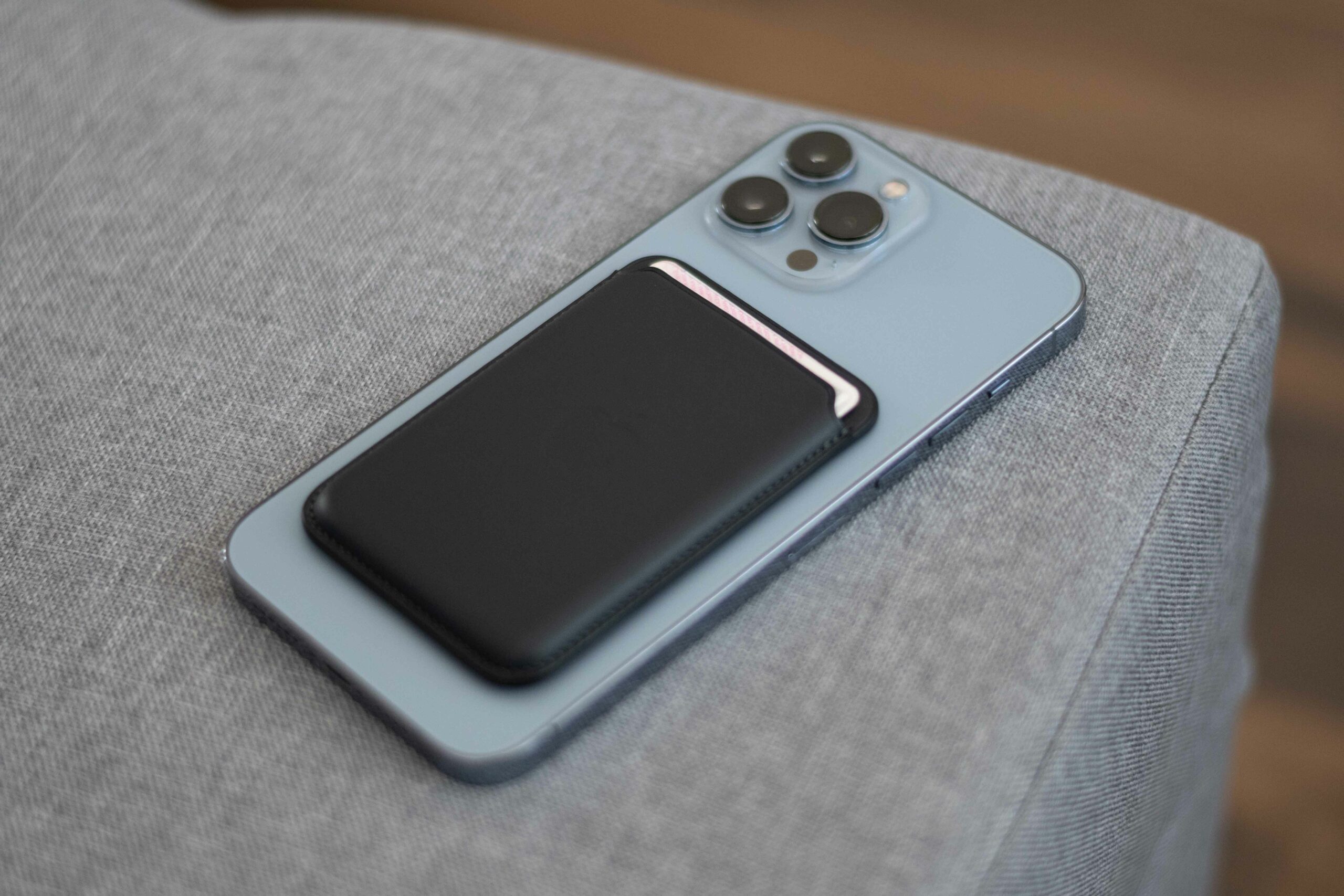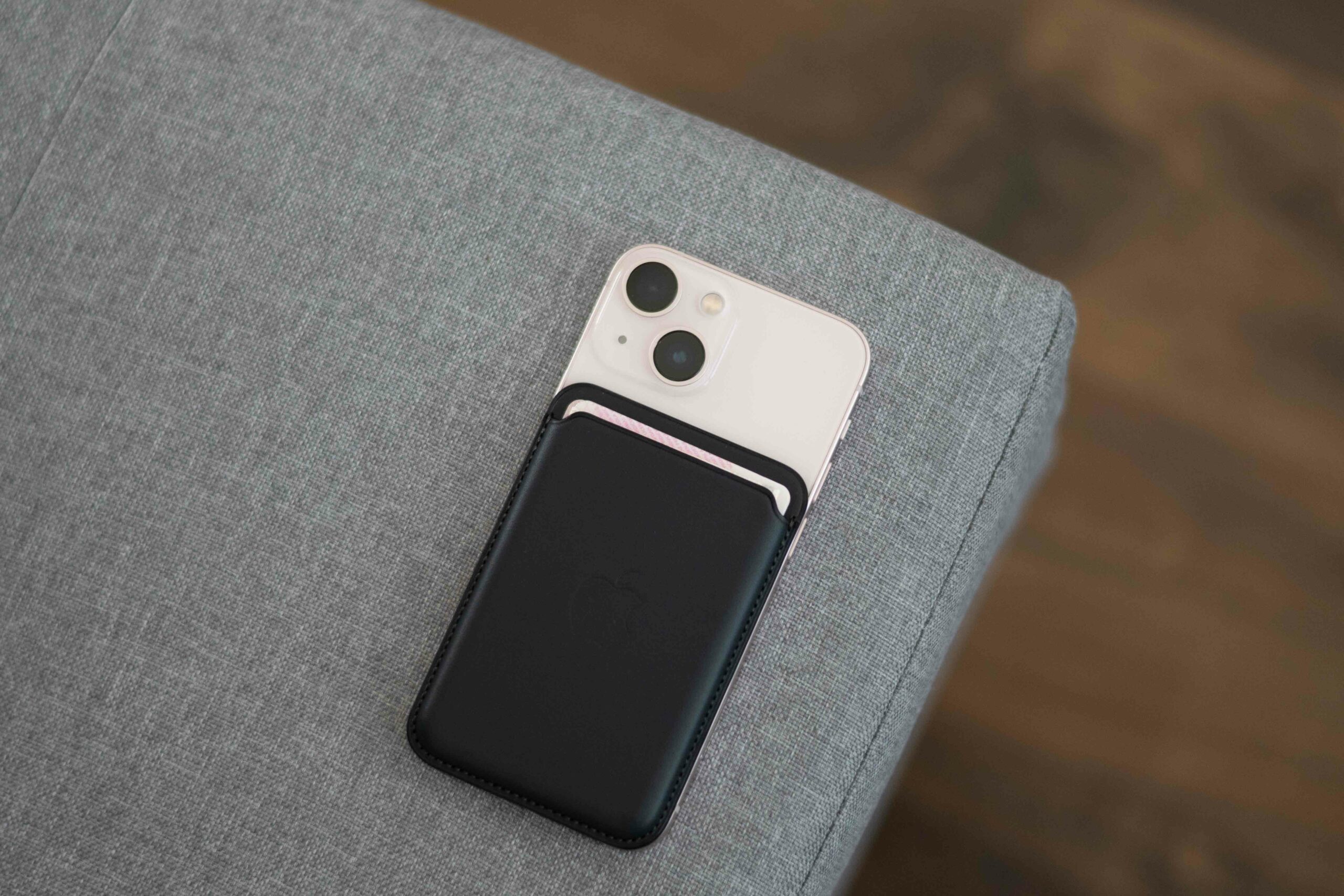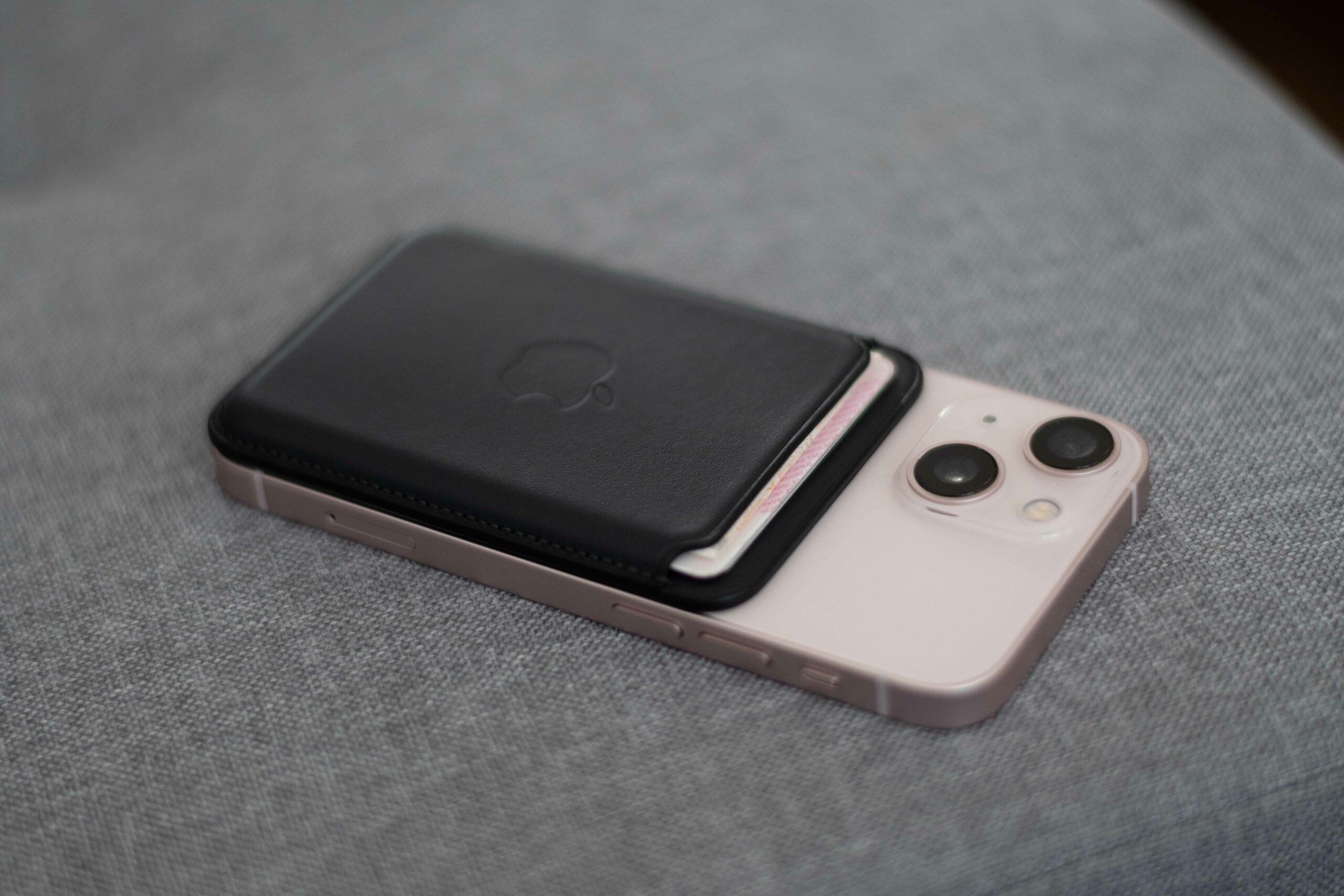It was in January of this year, when the Wireless Power Consortium introduced the wireless charging standard called Qi2 to the world. Coincidentally, it was after ten years that Qi started appearing in smartphones. But what to expect from the improved standard?
The basic goal of Qi2 is to solve the biggest problem of current wireless charging, which is energy efficiency combined with convenience. The standard itself owes much to Apple, a company that is also part of the WPC. Of course, we are talking about MagSafe, which is available in iPhones 12 and later. Magnets are the main improvement of Qi2, which also opens the door to an entire ecosystem of various accessories even on Android devices. But there is more that Qi2 can do.

Magnets in the main role
The ring of magnets isn't just there to make charging easier – it ensures that your smartphone sits perfectly on the wireless charger. Wireless charging relies on the law of electromagnetic induction, where you find a coil of copper wire inside the wireless charger. The electric current passing through this coil then generates a magnetic field. Even phones contain a coil, and when you place the device on a charging pad, the magnetic field from the charger induces an electric current in the phone's coil.
However, the efficiency of energy transfer decreases as soon as you increase the distance between the coils, or as soon as they are not perfectly aligned with each other. This is precisely what the present magnets solve. It also has the effect that the energy lost during wireless charging does not generate as much heat because there is less of it. The result is also positive for the smartphone battery.
Higher performance should also come
The standard should start at 15 W, which is what MagSafe iPhones can do now. This could mean that even non-Apple-certified Qi2 wireless chargers will be able to charge iPhones at 15W instead of 7,5W. Moreover, performance is expected to rise as the technology is tweaked. Allegedly, this should happen already in mid-2024 with Qi2,1, which is rather unlikely when Qi2 is not yet in mass use. It can even be used to charge smart watches or tablets.
It could be interest you
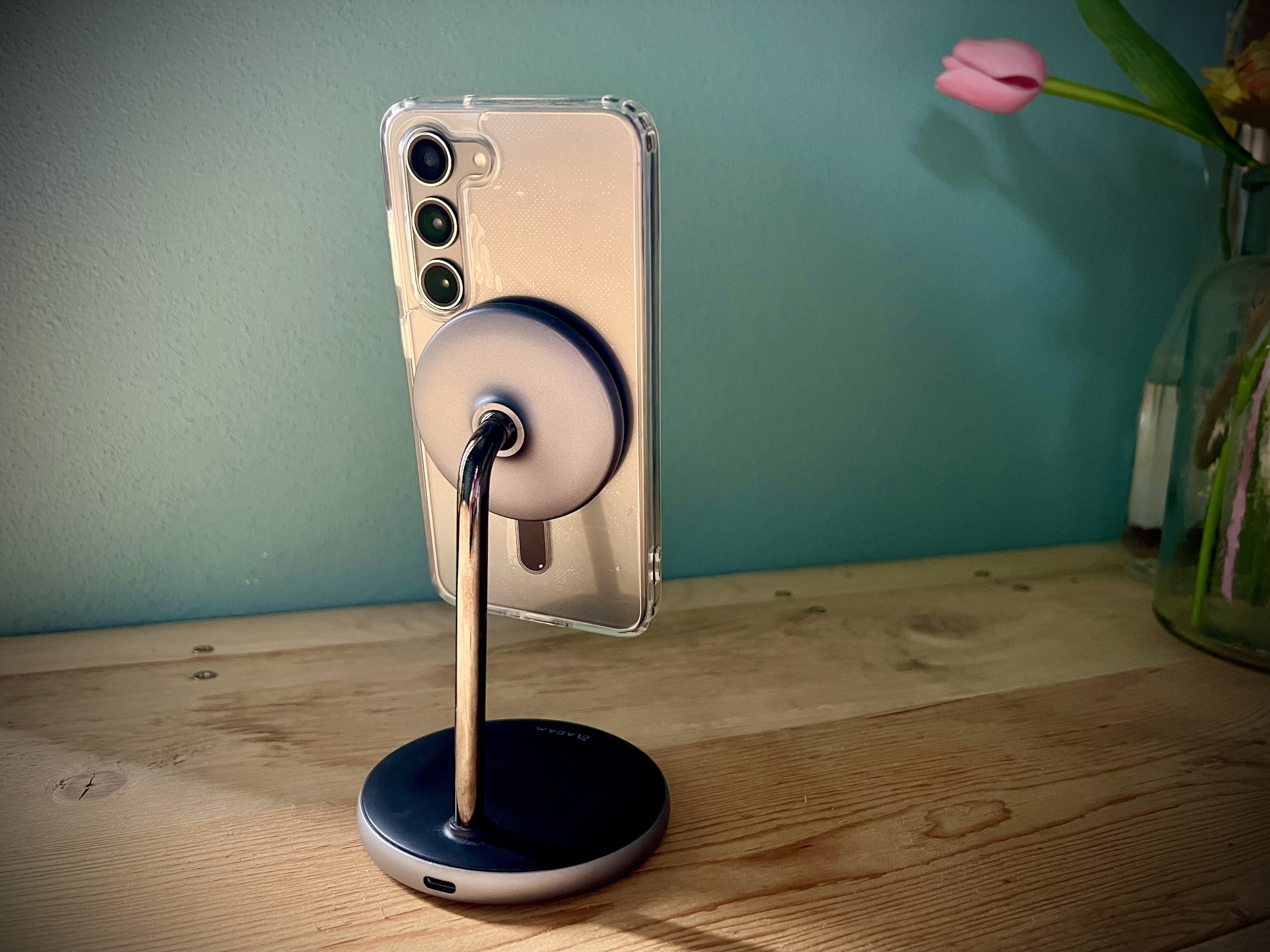
Stricter approval
Just as companies certify their accessories for use with iPhones, those with Qi2 will also need to be certified to carry this standard designation. Of course, this should prevent counterfeiting, but it will certainly make the road more difficult if manufacturers have to pay for it. The WPC will also dictate the size and strength of the magnets to ensure a solid connection between the charger and the device.
Which phones will be supported?
The first smartphones with Qi2 support are the iPhone 15 and 15 Pro, although you won't find this information in their technical specifications. This is because they have not yet been certified for Qi2. WPC marketing director Paul Golden let it be known in September that, after all, no devices have been certified for Qi2 yet, but that everything should be up and running during November of this year. With the exception of iPhones, it is evident that future models of phones from other brands, which already offer support for Qi, will also receive Qi2. In the case of Samsung, it should be the Galaxy S and Z series, Google's Pixels or top Xiaomi, etc. can certainly enjoy it.
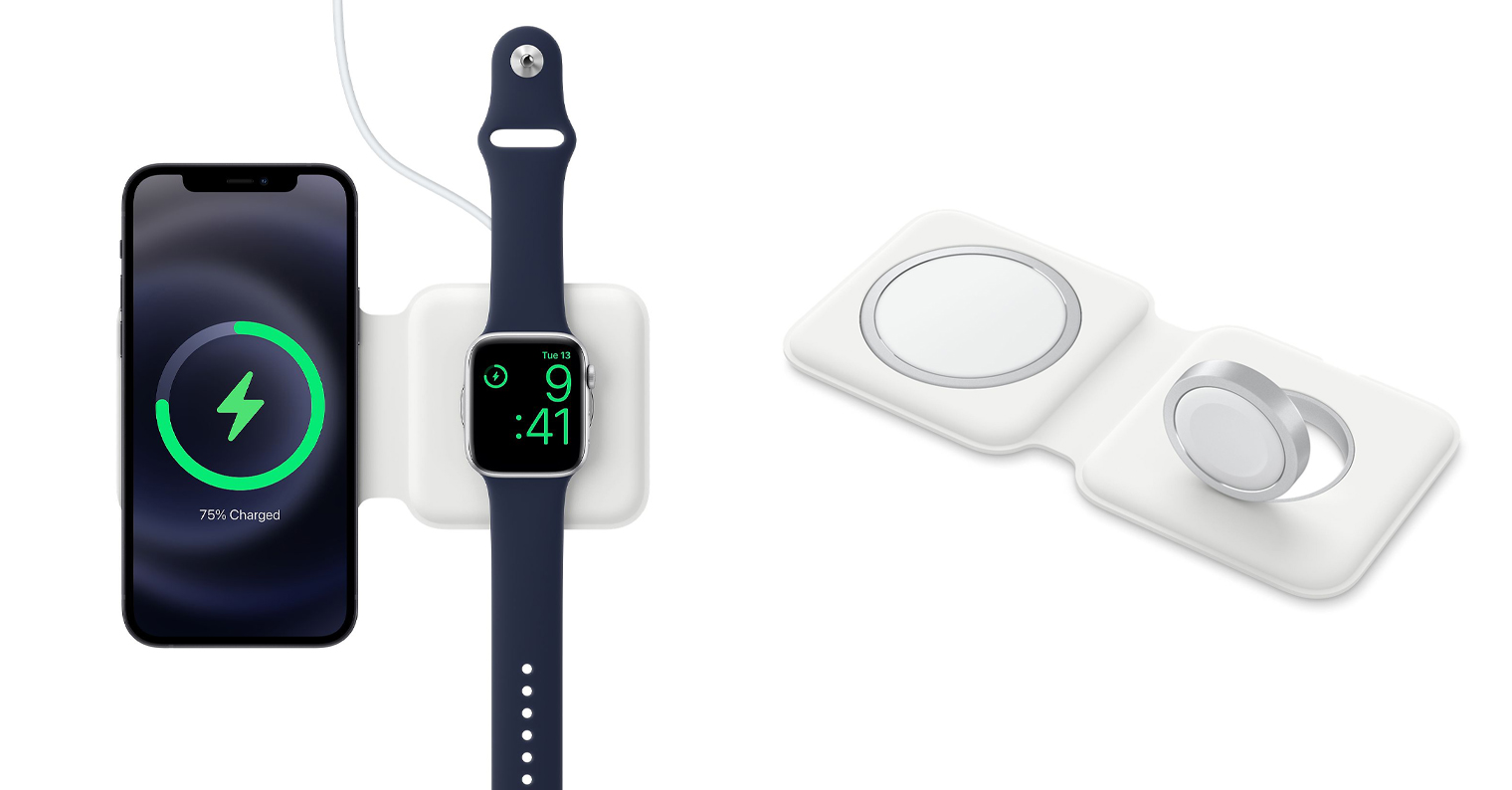


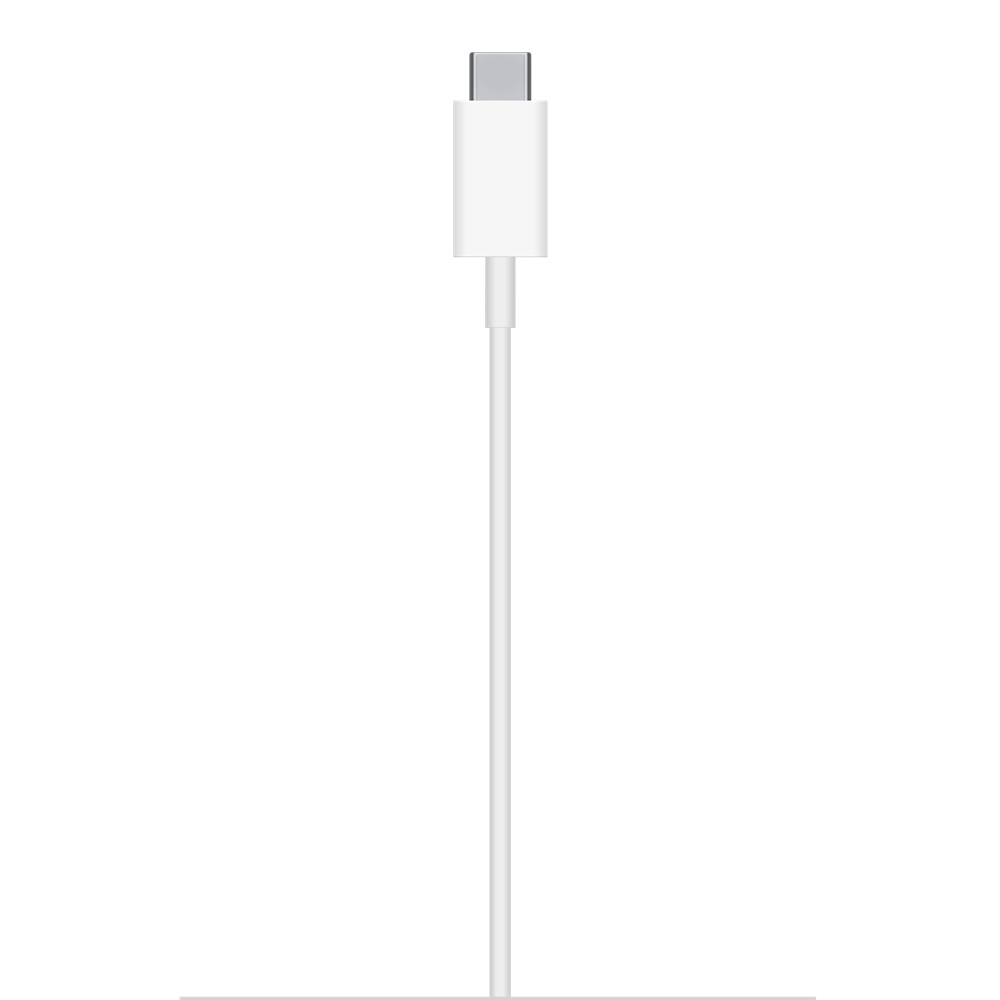
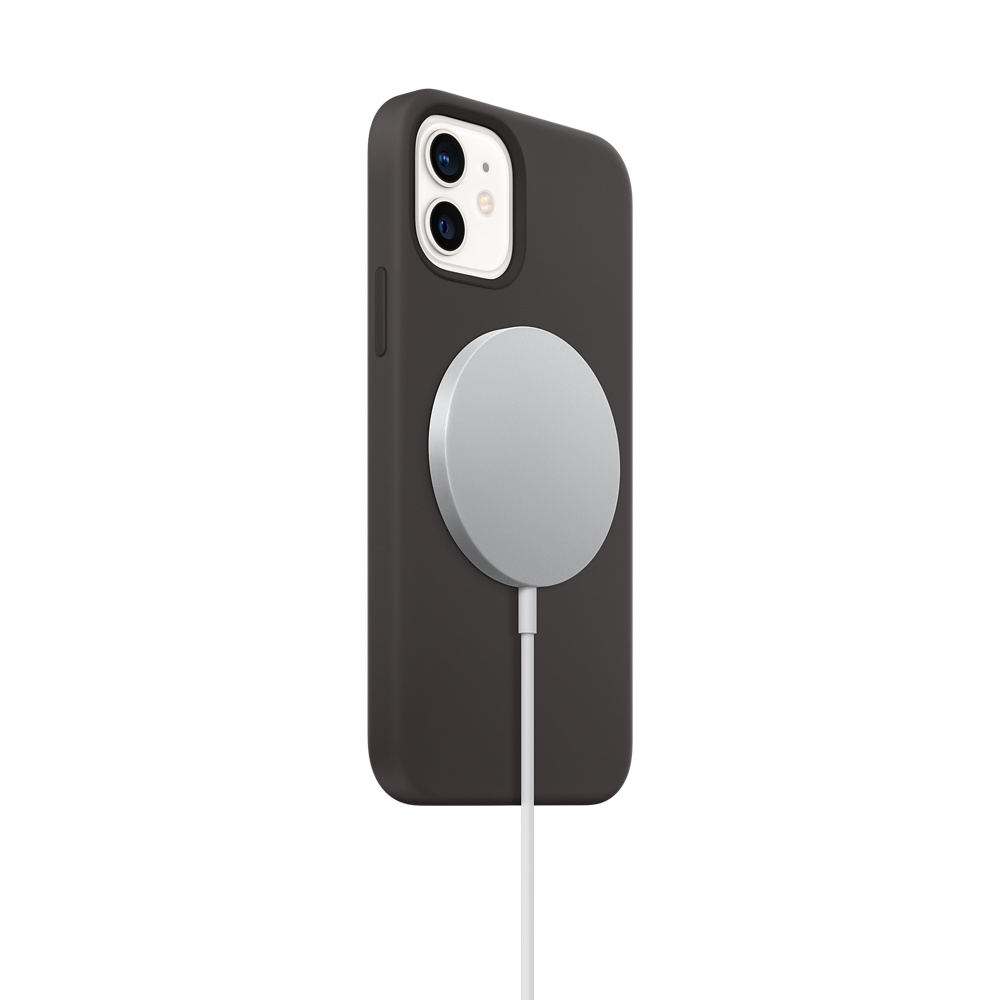
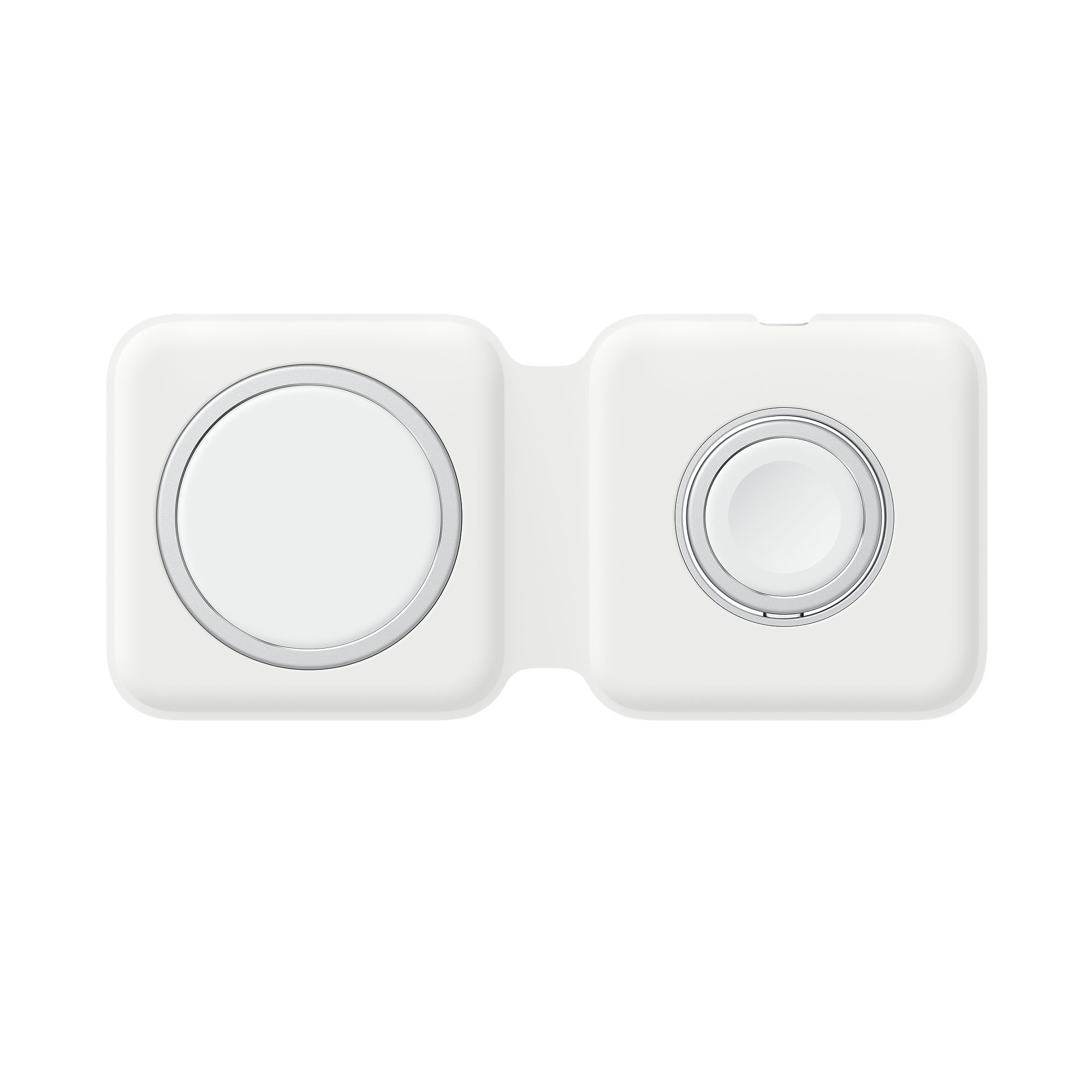
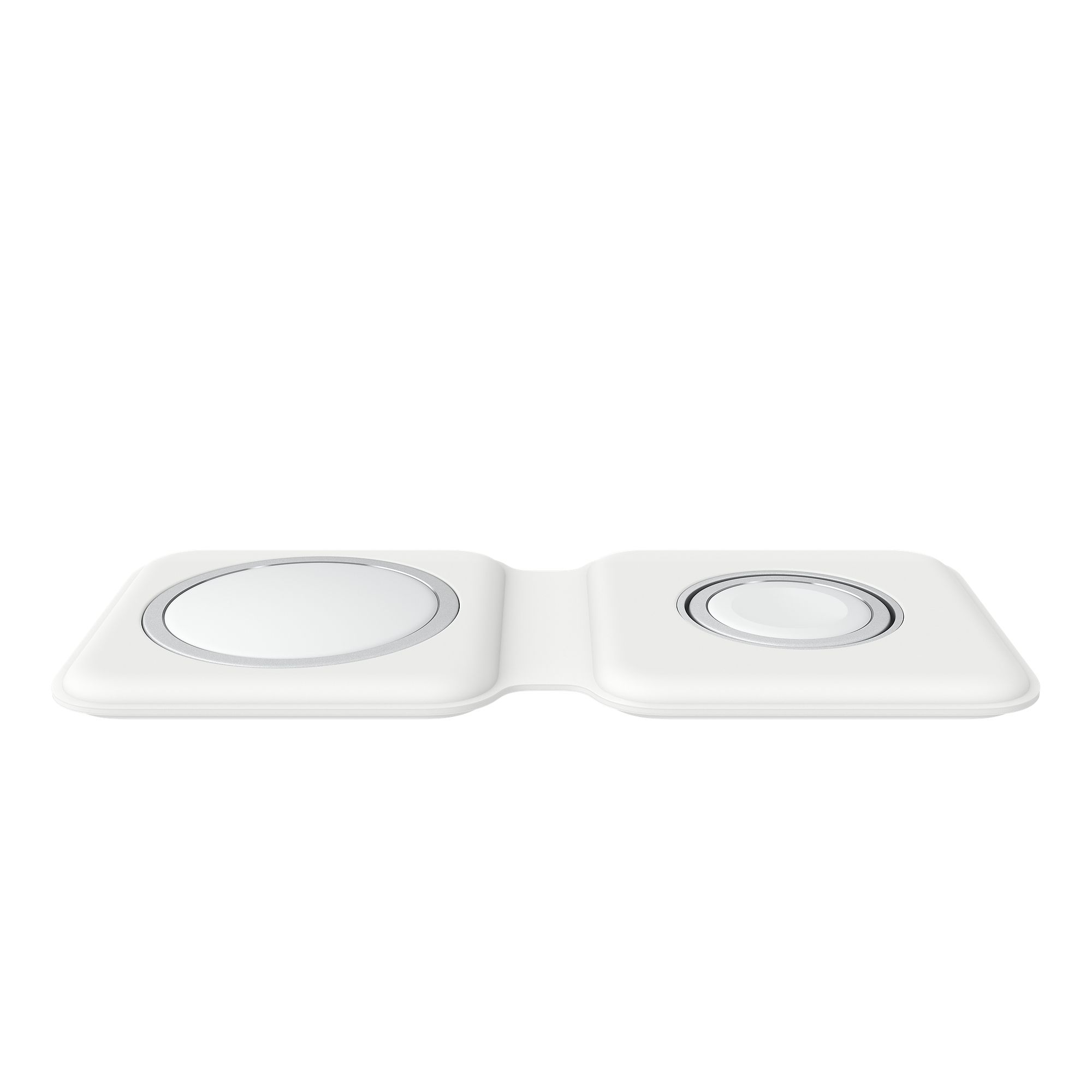
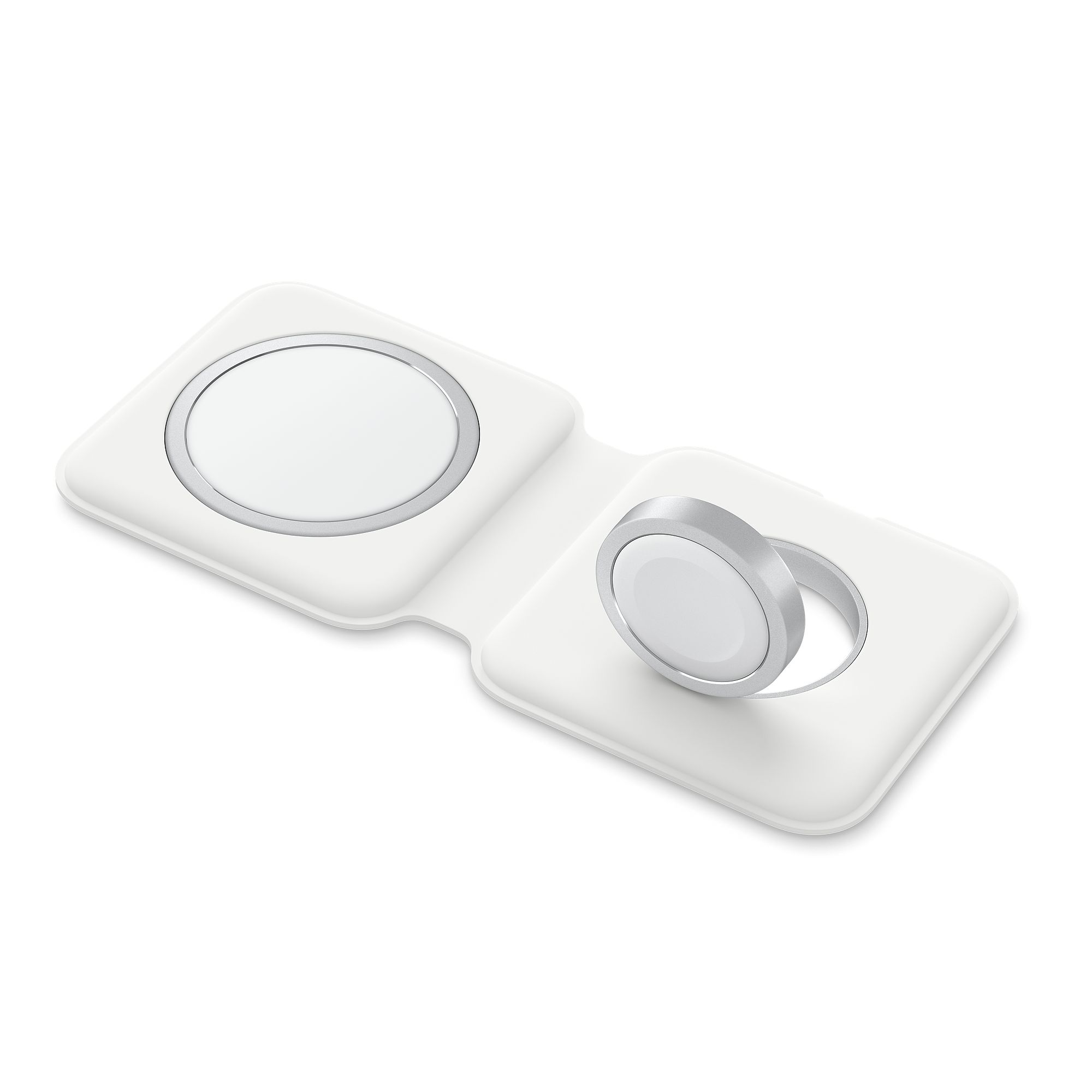
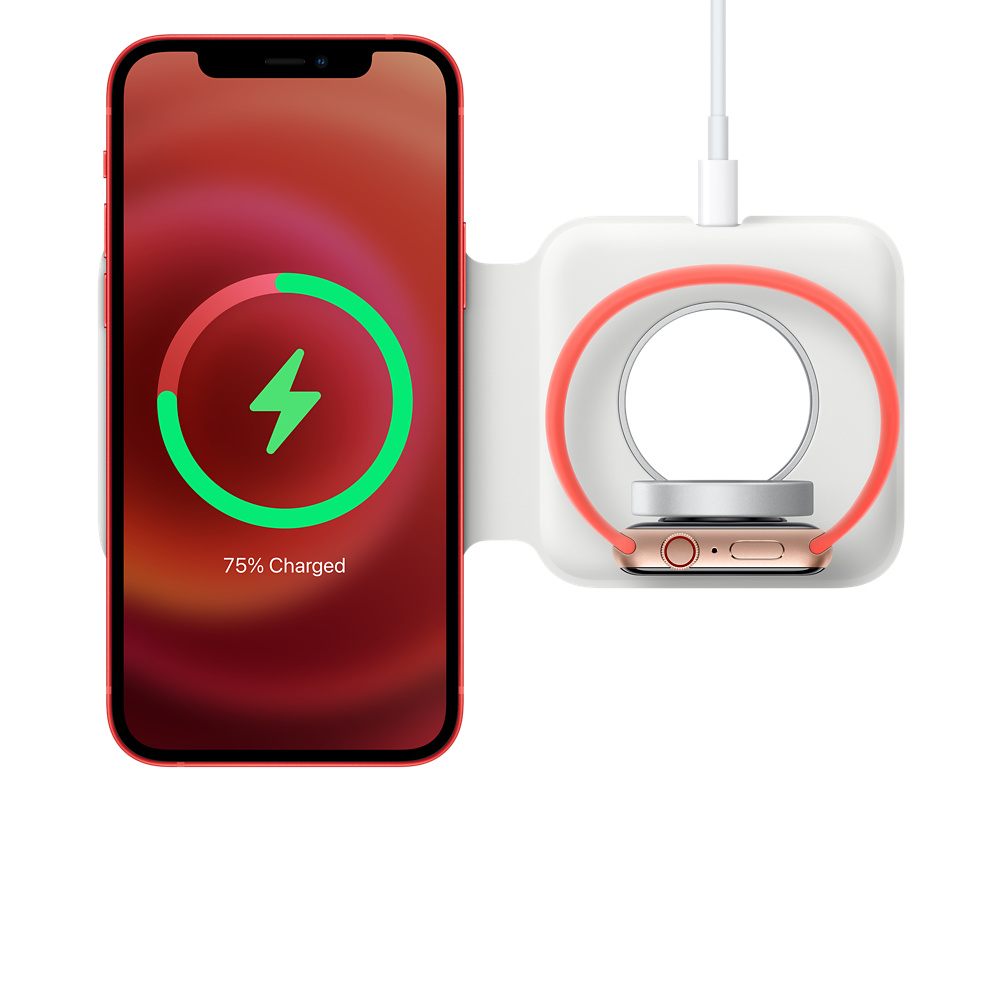
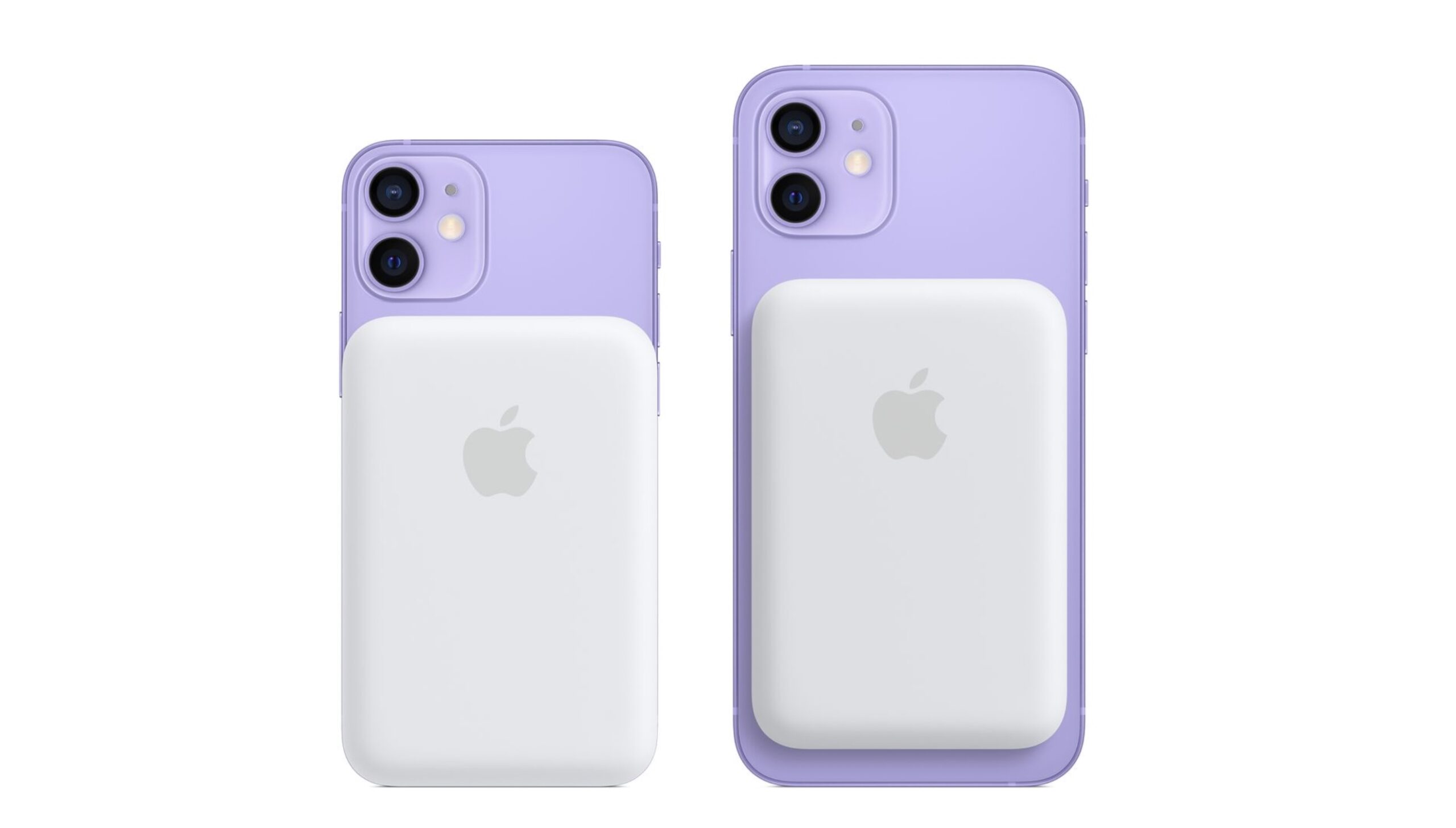
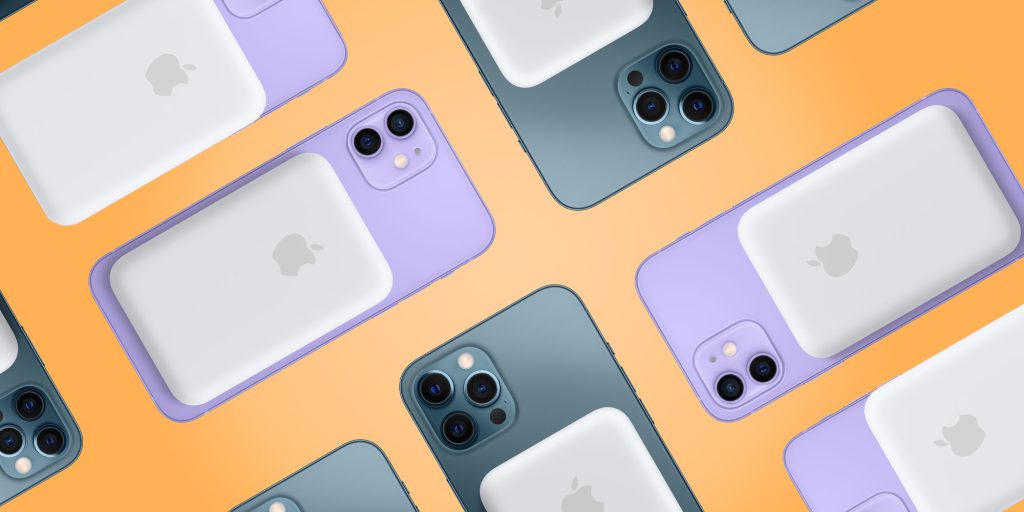
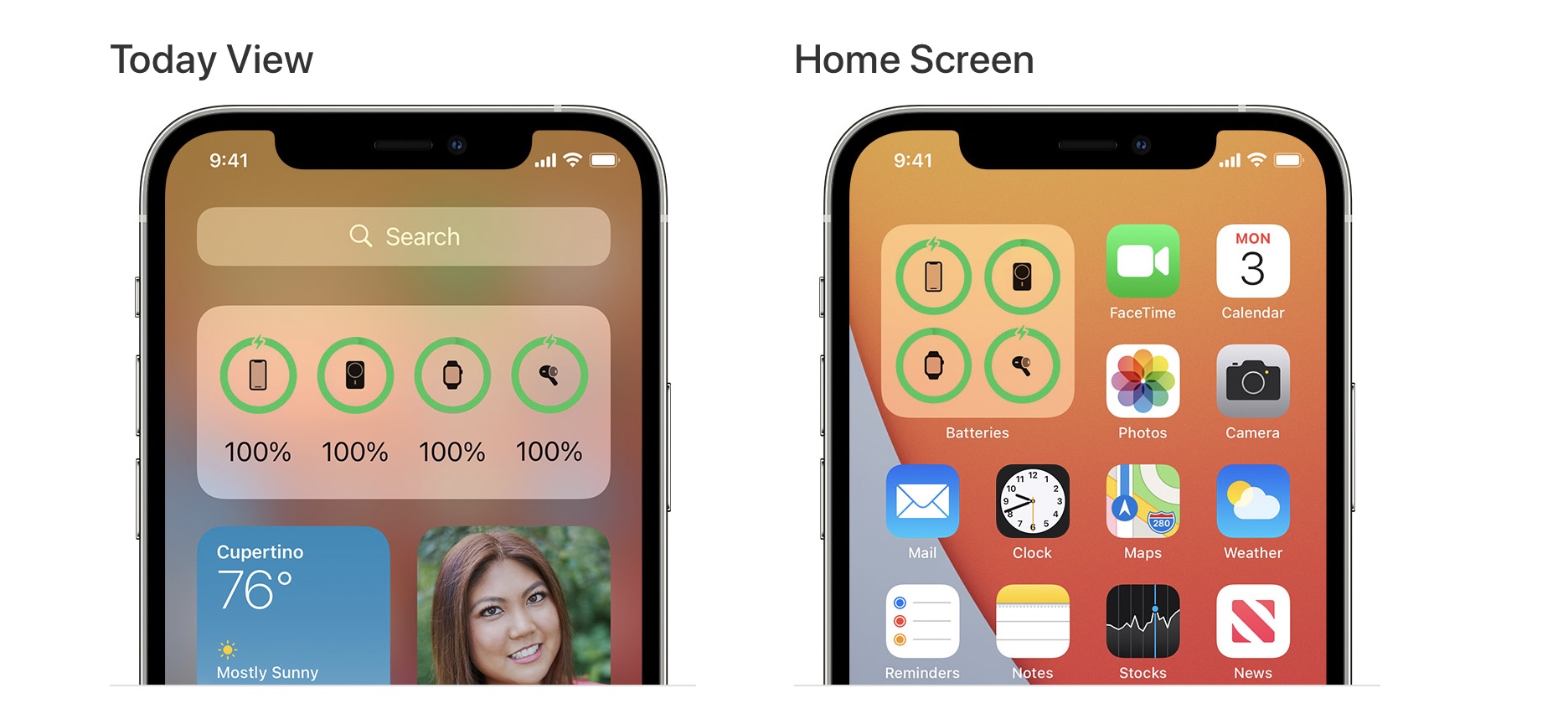
 Adam Kos
Adam Kos 